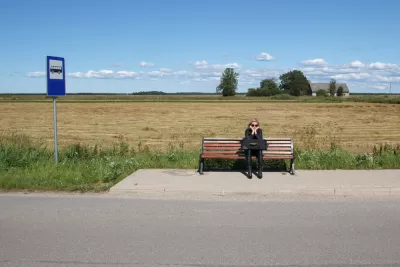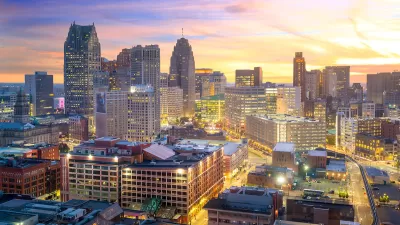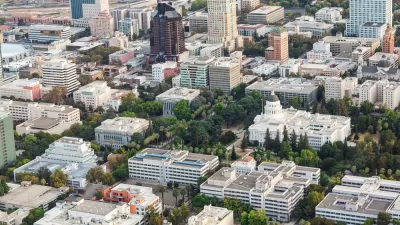The U.S. Census Bureau raised the bar for communities to qualify as urban areas.

A change in definition by the U.S. Census Bureau has reclassified nearly 1,000 “urban areas” in the United States, defined by the U.S. Census Bureau as “densely developed residential, commercial, and other nonresidential areas.”
According to an announcement on December 29, the Census Bureau has changed the criteria to fit that definition, most notably by raising the minimum population threshold for an urban area from 2,500 to 5,000 or a minimum housing unit threshold of 2,000 housing units.
Other criteria changes include reducing the “jump distance” from 2.5 miles to 1.5 miles (jump distance “is the distance along roads used to connect high-density urban territories surrounded by rural territory,” according to the press release) and no longer distinguishing between urbanized areas and urban clusters.
After the change, urban areas account for 80.0% of the U.S. population, down from 80.7% in 2010, according to the press release. “The rural population — the population in any areas outside of those classified as urban — increased as a percentage of the national population from 19.3% in 2010 to 20.0% in 2020.”
The press release states clearly that shifting population ratios in the country are a result of the change of definition—not a shift of population from urban to rural (though there is some evidence of such a trend in recent years).
The Associated Press provided news coverage of the criteria change. For more information on the population estimates published by the Census in December, see previous Planetizen coverage.
FULL STORY: Nation’s Urban and Rural Populations Shift Following 2020 Census

Planetizen Federal Action Tracker
A weekly monitor of how Trump’s orders and actions are impacting planners and planning in America.

Maui's Vacation Rental Debate Turns Ugly
Verbal attacks, misinformation campaigns and fistfights plague a high-stakes debate to convert thousands of vacation rentals into long-term housing.

Cuomo Is the Candidate of Both NIMBYs and Developers. What Gives?
In the New York City mayoral race, odd bedfellows align to preserve the housing status quo.

San Antonio and Austin are Fusing Into one Massive Megaregion
The region spanning the two central Texas cities is growing fast, posing challenges for local infrastructure and water supplies.

Charlottesville Temporarily Has No Zoning Code
A judge ordered the Virginia city to throw out its newly revised zoning code, leaving permitting for new development in legal limbo.

In California Battle of Housing vs. Environment, Housing Just Won
A new state law significantly limits the power of CEQA, an environmental review law that served as a powerful tool for blocking new development.
Urban Design for Planners 1: Software Tools
This six-course series explores essential urban design concepts using open source software and equips planners with the tools they need to participate fully in the urban design process.
Planning for Universal Design
Learn the tools for implementing Universal Design in planning regulations.
Heyer Gruel & Associates PA
JM Goldson LLC
Custer County Colorado
City of Camden Redevelopment Agency
City of Astoria
Transportation Research & Education Center (TREC) at Portland State University
Jefferson Parish Government
Camden Redevelopment Agency
City of Claremont





























